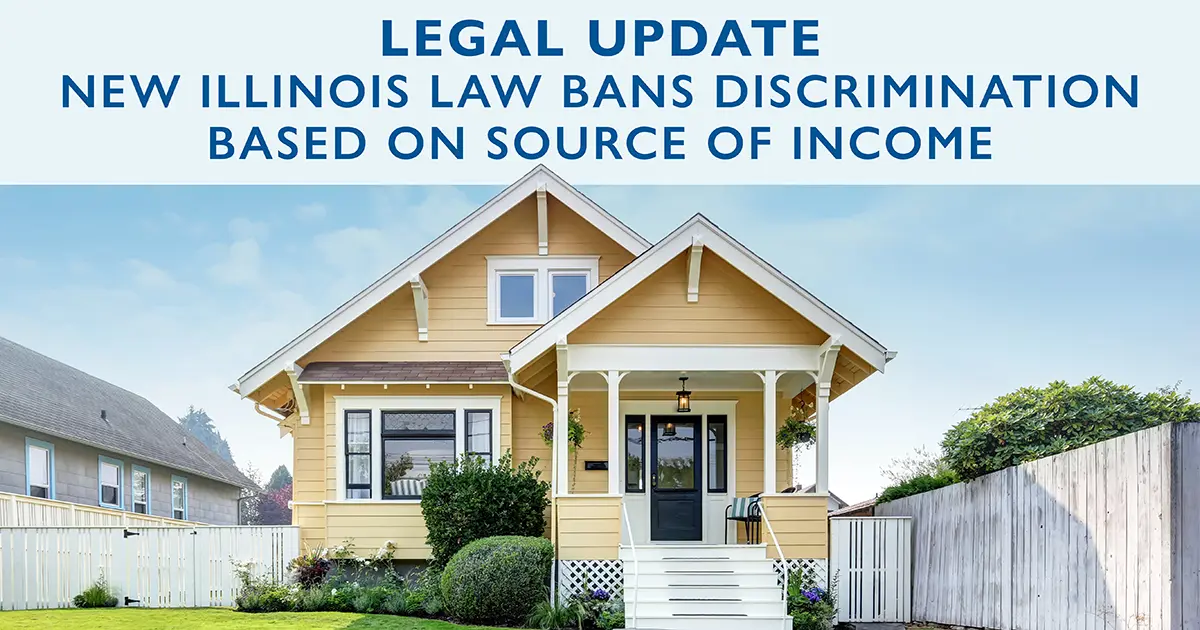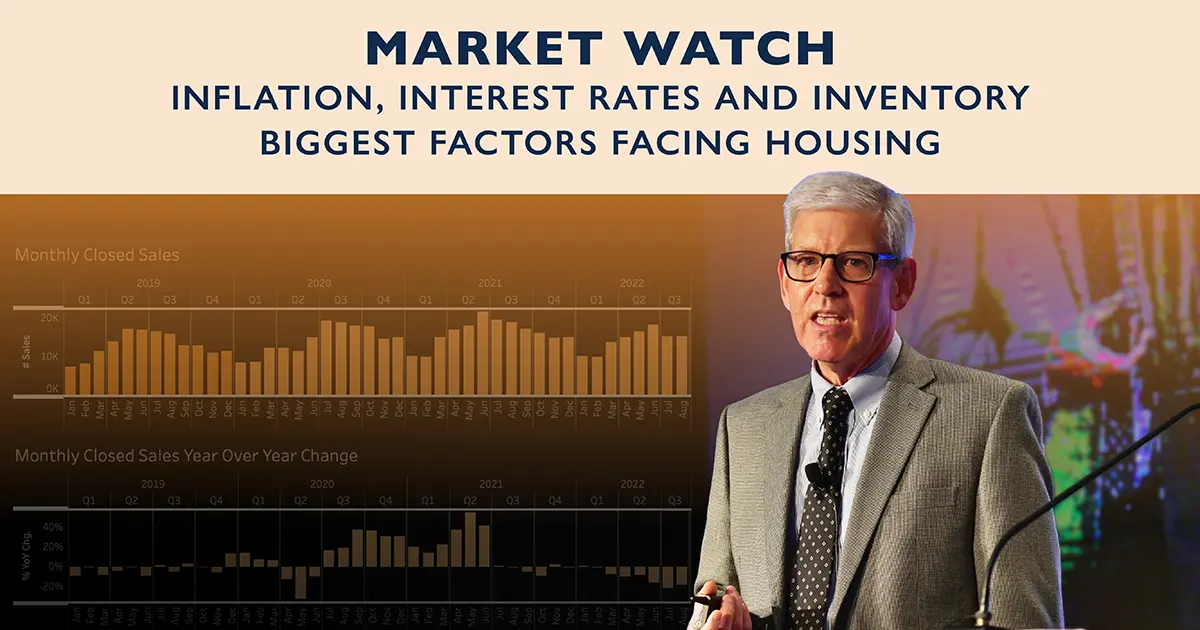If the past few years have taught us anything, it’s that even though we can’t anticipate every obstacle we face, we can use information to look to the future and respond with resilience.
With that in mind, I’m taking a closer look at some of the key economic factors affecting commercial real estate and what those trends mean to different sectors of the market.
Interest Rates
One of the biggest changes has been in the area of rising interest rates. During the summer, the Federal Reserve raised the Federal Funds Rate by the largest margin since 1994. The desired effect of this move is to slow down an economy which many believe is overheated.
While in recent years we have observed capitalization rate, or CAP rate, compression and increased prices due to the availability of cheap money, my guess is that we will see a significant slowing of this trend in light of the new rate environment.
Pressure on CAP compression will ease, as will prices, as the new, higher cost of capital works its way through the markets.
Industrial
Industrial continues to be a strong market sector. Demand for public storage and warehouse space has increased by 4 percent since 2017, according to IBIS World Industry statistics. Some cite problems with supply chain issues on increased upward wage pressure in the Asian markets and higher fuel costs. All of these factors contribute to a resurgence of manufacturing migrating back to the U.S. and that trend will continue to drive industry demand.
Add to that the strong e-commerce trends in retail. It is sometimes called the “Amazon effect,” but Amazon is not the only player. Walmart, Target, Home Depot and Lowes all have very strong e-commerce divisions.
Online sales soared in 2020 during the first year of the pandemic and continued to grow by another 14 percent in 2021, according to Digital Commerce 360.
Office
The office sector has had a wild ride during COVID. Still, I don’t think people are ready to work from home forever or to entirely abandon an office away from home. Companies have trended away from hi-rise office buildings where everyone has to crowd into an elevator and shifted to easy access, one-story buildings in the suburbs where one can park in the lot and walk right into the office.
“Office absorption will be tied to a combination of adaptive re-use of existing B/C stocks and the right-sizing of space needs in Class A properties as companies strive to meet the needs of companies that have migrated to hybrid schedules,” says REALTOR® Steve Myers of Myers Commercial Real Estate in Springfield.
I think you will see a strong trend towards more services in the office space of the future: maybe food options, more open areas and spaces filled with light as desirable amenities.
Hospitality Industry
While we all remember how hard hotels were hit during the pandemic, the industry is actually making a strong comeback.
“Revenues in the industry are 2 percent higher today than pre-pandemic levels, even after adjusting for inflation,” wrote North Carolina State University Professor Emeritus Michael Walden in a recent article for the university. “The worry among hospitality operators is how they can meet rising consumer demand with so many employment positions unfilled.”
“The lodging industry has changed in several key areas over the past decades and many of these changes have helped hoteliers to enhance their products, attract more guests and create opportunities for expansion,” said Chip Rogers, president and CEO of the American Hotel and Lodging Association, in an interview earlier this year with Hotel Management magazine.
Self Storage
Annual revenue for the self-storage sector is an estimated $39.5 billion, REjournals reported earlier this year and all predictions expect those revenues to continue to grow.
Most self-storage property owners have seen staggering growth. Storage real estate investment trusts (REITs) achieved a nearly 59 percent average return year in 2021, the highest among all REIT sectors, according to National Association of Real Estate Investment Trust (Nareit) data.
The number of households renting self-storage units has grown to 10.6 percent, or 13.5 million, according to the Self Storage Association’s “Self Storage Demand Study 2020.”
I see recent trends of rising rents, less empty space and rising stocks continuing for the foreseeable future.
Multifamily
Demand continues to be strong in the multifamily space.
“The apartment market experienced robust growth in 2021 driven by the accelerating economic conditions. Even during the worst of the pandemic, the multifamily market generally performed well, and throughout 2021 has seen record-breaking growth, although performance varied across metro areas. As demand has increased, occupancy has followed suit,” said Steve Guggenmos, vice president of Freddie Mac’s Multifamily Research and Modeling Division, in his 2022 Multifamily Outlook.
Guggenmos adds that the pandemic emphasized trends that were already emerging in the top 10 multifamily markets—the strongest rent growth occurred in less expensive, Sun Belt and tech-hub markets. Rent growth in those areas (which does not include any Illinois metro markets) rose as high as 21 percent or more, while other areas saw rent growth of 5 percent, he said.
Final thoughts
In the end, the biggest wild card in predicting the future is inflation. With current inflationary trends at the highest rate in the last 40 years, it is something to take into account.
What that does to our crystal ball is yet to be determined, but so far trends point toward ongoing strong demand and growth in most commercial sectors.
About the writer: Alex Ruggieri, CRE, CCIM, CIPS, SEC, contributing editor to Commercial Corner. He is a senior advisor for North Star Equities in Savoy.








